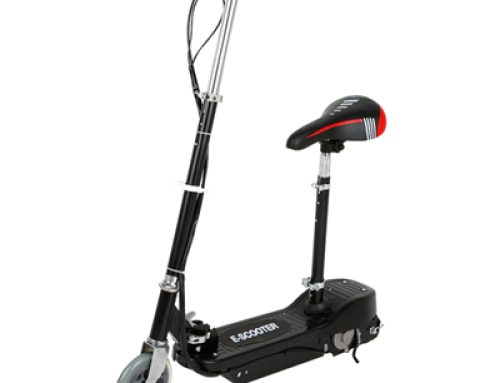It’s intriguing to consider the possibilities that future innovations might bring to the concept of hoverboards. While I don’t have information on developments beyond September 2021, I can speculate on potential directions that hoverboard technology could take based on trends up until that point:
- Advanced Propulsion Systems: If researchers and engineers manage to develop more efficient and powerful propulsion systems, hoverboards could become more practical. Whether through advancements in electromagnetic technology, novel air propulsion methods, or even compact anti-gravity mechanisms (if such a thing becomes feasible), these improvements could make stable and controlled hovering a reality.
- Integration with AI and Sensors: Future hoverboards could incorporate sophisticated AI-driven stabilization and control systems. These systems could adapt to the rider’s movements and the environment, ensuring a smoother and safer ride. Advanced sensors and cameras could help the hoverboard perceive its surroundings and avoid obstacles, enhancing both safety and user experience.
- Infrastructure Evolution: As with any new mode of transportation, changes to urban planning and infrastructure would be necessary. Magnetic or electrified tracks could be embedded into roads or dedicated pathways, offering a controlled environment for hoverboards to travel safely. This could also help address energy efficiency concerns by providing a source of power while in use.
- Energy Solutions: If advancements in battery technology continue, hoverboards might become more energy-efficient and have longer operational ranges. This would address one of the significant limitations of hoverboards – their typically short battery life.
- Hybrid Solutions: Future transportation solutions might involve hybrid models, combining hoverboard technology with existing modes of transportation. For instance, a hoverboard could be designed to seamlessly transition between hovering and rolling on wheels, allowing riders to navigate various terrains and scenarios.
- Regulations and Safety Standards: As technology evolves, regulations and safety standards would need to adapt as well. Establishing clear guidelines for hoverboard usage and ensuring proper safety mechanisms would be crucial for public acceptance and adoption.
- Sustainability: Future hoverboards could prioritize sustainability by utilizing renewable energy sources or incorporating eco-friendly materials in their construction.
- Entertainment and Sport: Even if hoverboards don’t become a primary mode of transportation, they could find a niche as recreational devices or in sports, similar to how skateboards and rollerblades are used today.
Remember, these speculations are based on trends and potential advancements as of September 2021. For the latest and most accurate information on the state of hoverboard technology, I recommend checking reliable sources and news outlets that cover technological developments in transportation and innovation.







